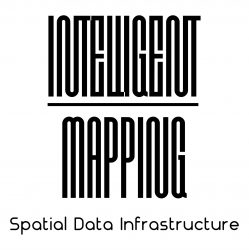Our mission is to bring addressing and mapping to Developing countires to meet UN 2030 Sustainable Development goals. We have a long history of creating national data sets in the UK Academic sector and the provision on mapping data online. We now want to bring our expertise to solve the mapping needs of the Developing countries.
Our mapping heritage
We are proud of our heritage in creating data and mapping services for the academic sector in Britain. providing digital mapping from the dawn on the internet in 1996,
We produced the first Digital Elevation Model of the British Isles using SAR interferometry back in 2000. We also carted Ortho-photo maps of the British Isles. These outputs were available to academic users through a geoportal.
Our Goal
Maps are an essential tool for the collection and presentation of information. However, maps without proper addressing present a difficult challenge for the collection and management of information. We want to bring mapping to developing countries that allows organisations and individuals to add additional information that is interoperable. Providing addressing allows information such as utility supplies, education, health and voter registration.
How do we do it?
We start with a satellite image as in the image below

We then Create various mapping outputs.
Buildings, Parcels and Roads
We start by creating a base layer of your buildings, parcels and roads. This could be done through traditional digitising as in the example here.

Building heights and other thematic information.
We can then enhance basic mapping of buildings by adding information about the heights of buildings and the classification of these buildings according to their probable use.

The beginning of your SDI
Maps and Unique Addresses
Building outlines and parcel information are quite dumb without an unique address. We provide addressing for each building that works both as an address and as a postcode replacements. These codes are also searchable through google Maps

The image above shows each block with its global address

The ability to have each building with its unique address removes the ambiguity that happens in developing countries. A new area development will start giving numbers to buildings while the land parcels are not completely devided. When a new Building is ereceted the numbering system is distturbed. A unique address is not affected by these changes.

